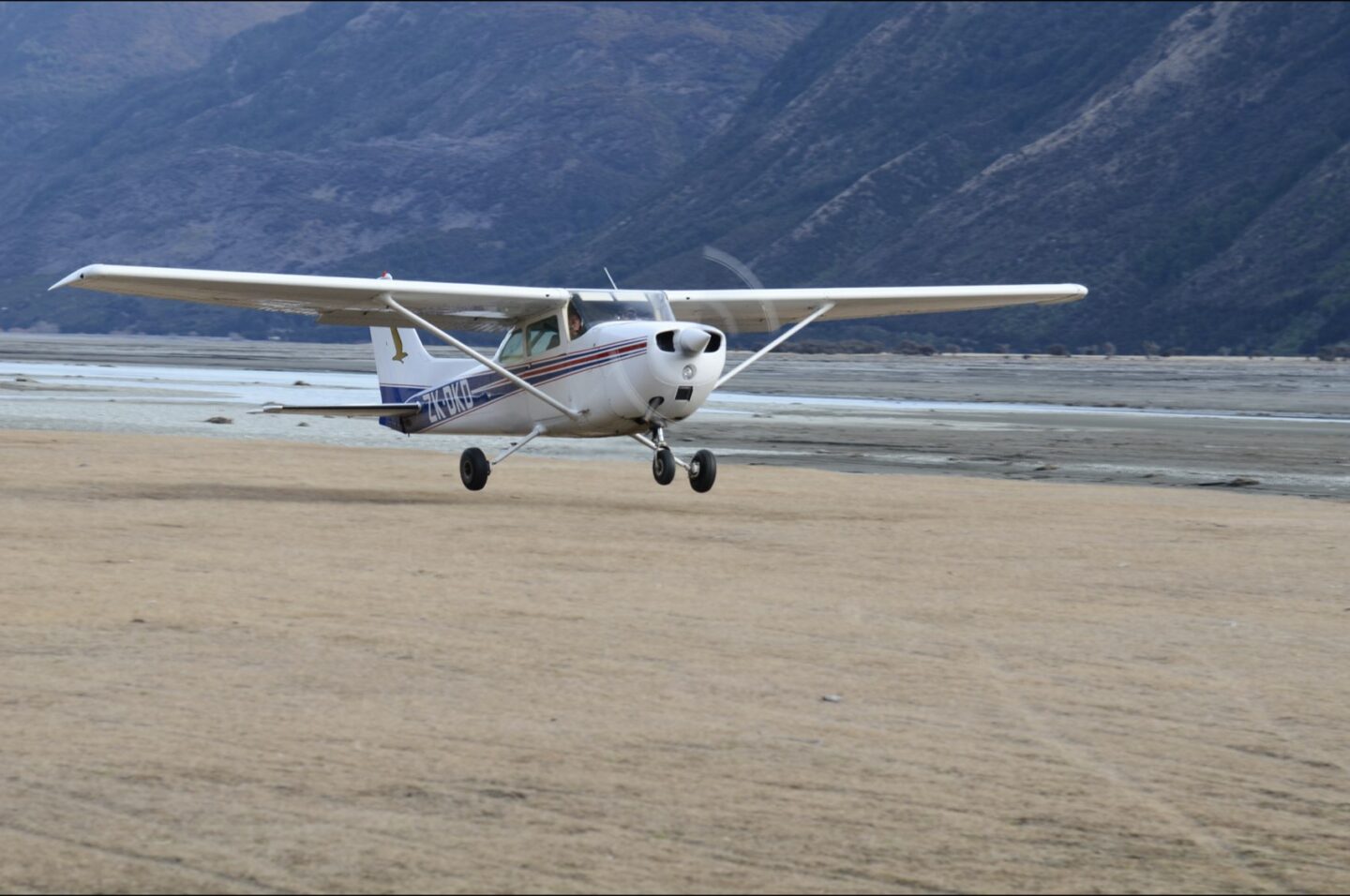By Sue Kronfeld
I am privileged to have General Aviation as both part of my career and as a recreational interest, and to be in a position to enjoy the social side and flying that is possible with membership of AOPA.
My observations while training and during recent fly-ins, lead me to believe a refresher on slow flight and approach to stalls may be timely. The New Zealand pilot licence syllabus requires the pilot to be able to identify the symptoms of the stall. These symptoms are experienced frequently, most often during the transition from round-out to touchdown. Observing these symptoms does not necessarily mean you are stalled. The pilot syllabus also teaches recovery at the onset of the stall, should the stall symptoms prolong.
Slow Flight training was introduced to the syllabus to teach the pilot how to control the aircraft during low airspeed at various flap settings and undercarriage positions. A study of past aircraft accident history prompted this additional lesson, to train for scenarios such as approach to land, go around and climb out in a low speed flap/undercarriage down configuration. It ensures that the PIC can maintain the ability of the aircraft to remain in flight during this sequence of events AND at maximum all up weight.
I have seen a number of pilots, both student and licensed, who either fear the thought of stalling and therefore fly the final approach at a higher airspeed than required, which will not allow the aircraft to touch down in a reasonable landing distance; or hold the aircraft on an approach to land at a low airspeed, but without appropriate control inputs to sustain the aircraft during transition from a round-out which is too high, causing them to fall on touchdown.
It is not necessary for a trainee pilot to hold an NCEA level 3 in physics, but it is a necessity for the PIC to appreciate inertia and the fact that flight defies gravity. As a pilot, you must be comfortable within your cockpit, know your aircraft’s performance capabilities, and know the location and operation of the flap and undercarriage lever, throttle and friction nut movement, dial identification and trim effectiveness. Know your own cockpit so that you can reach and glance at all your controls without effort. As PIC, when flying to a new location and setting up to land, it is all about your abilities. These abilities set your limitations.
When I instruct, one of the things I consider in assessing your progress as a PIC is your ability to take care of passengers in comfort and safety. If you feel you may need to refresh your abilities in this area, please action this now for the benefit of yourself and others. Keep current, improve your skills, talk to an instructor, observe experienced pilots. There is always more to learn to maximise your enjoyment of aviation.
This article first appeared in the Autumn 2021 edition of Approach Magazine, the dedicated magazine of AOPA NZ, which is published quarterly.

